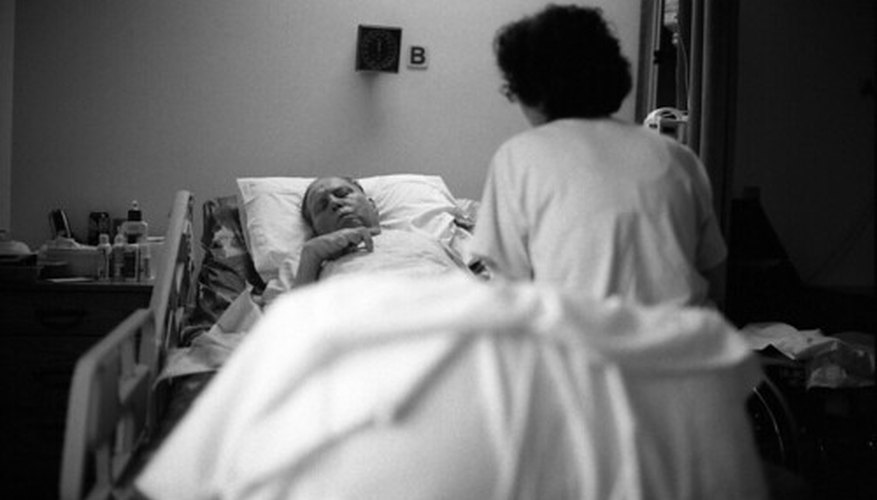A hospital ward may be referred to as a section, unit, or even a floor of the hospital. The wards are typed according to the patients within the ward and their specific needs, diseases, or even their ages. The types of wards in one hospital may be entirely different from the wards in a hospital just a few miles away.
Types
Some of the common types of wards found in hospitals across the country include emergency rooms, maternity, paediatrics, psychiatric, geriatrics, oncology, and detoxification wards, among others. The Churchill Hospital in Oxford, United Kingdom, is home to about 20 different types of hospital wards, including wards for specific body organs, such as the renal ward and dialysis ward. Wards may also have different names from one hospital to another, with some hospitals referring to the maternity ward as the mother and baby unit.
- A hospital ward may be referred to as a section, unit, or even a floor of the hospital.
- The Churchill Hospital in Oxford, United Kingdom, is home to about 20 different types of hospital wards, including wards for specific body organs, such as the renal ward and dialysis ward.
Function
According to thefreedictionary.com, a hospital ward is an area or floor of a hospital in which patients with similar needs are placed together. The function of hospital wards is to keep similar patients together, either according to age, disease, or condition. An emergency ward, floor or unit, groups patients with immediate care needs, while a dialysis ward groups together patients receiving dialysis treatments.
Effects
Grouping together similar patients is an effective method of treating patients and also cuts the day-to-day costs of keeping the hospital running. If patients are just scattered to any available room, extra specialised equipment is necessary in order to ensure the that the equipment is available to each patient who would immediately need that apparatus or device in the event of an emergency. However, when similar patients are grouped together in the same area or ward , one or two devices can be placed nearby for patients who would need them in an emergency.
Benefits
In addition to cutting the cost of equipment, grouping together similar patients in hospital wards allows the hospital to employ specialists for each ward of the hospital. Employing ward specialists creates a better quality of care and keeps the necessary specialists also grouped in a specific area, meaning that care is more immediate than if specialists were scattered throughout the hospital.
- Grouping together similar patients is an effective method of treating patients and also cuts the day-to-day costs of keeping the hospital running.
- Employing ward specialists creates a better quality of care and keeps the necessary specialists also grouped in a specific area, meaning that care is more immediate than if specialists were scattered throughout the hospital.
Considerations
Hospital ward divisions change according to the needs of the hospital or area in which the hospital is located. For example, the Churchill Hospital in the United Kingdom has created two wards for some specialities, such as two oncology wards, in order to accommodate larger numbers of patients.
